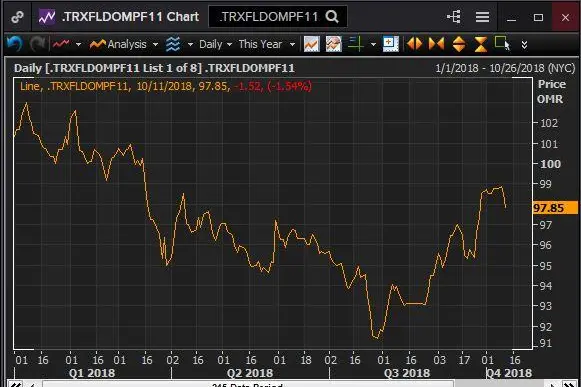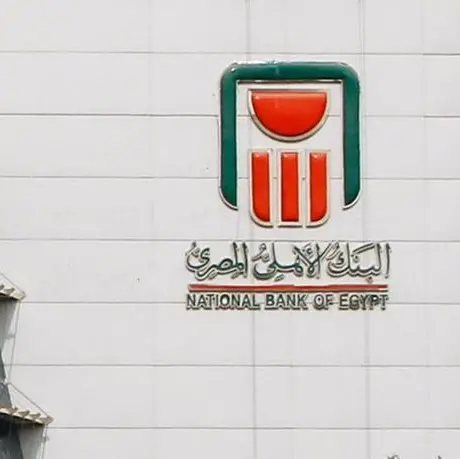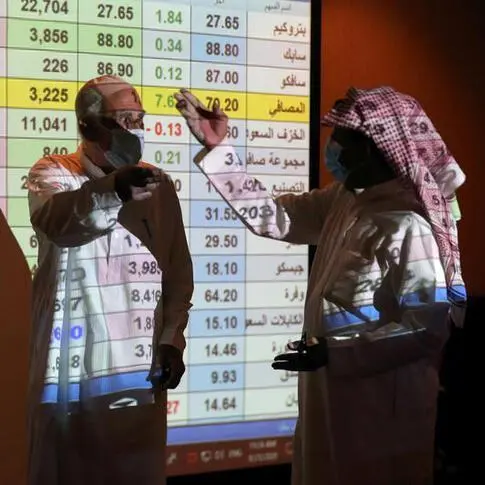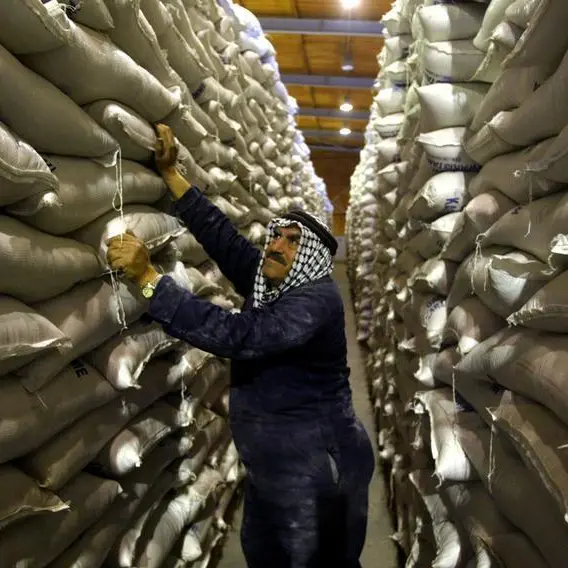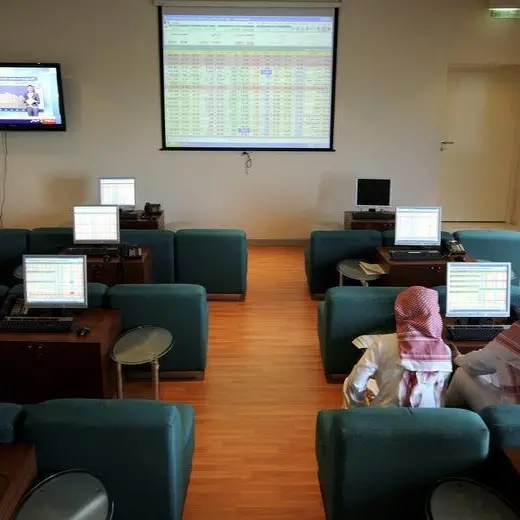PHOTO
The banking sector in Oman has posted a positive set of third quarter earnings (Q3) for the year 2018 so far, with operating income growth outpacing operating expense growth.
“Looking at the results of the Oman banks which have reported Q3’18 so far, we see that they have been able to grow their operating income. This confirms our belief that as interest rates rise, the banks will be able to improve their interest income,” Ayisha Zia, research analyst at Ubhar Capital, told Zawya by email.
Zia noted that the increase is “not phenomenally large due to cost(s) of funding rising at the same time,” but also indicated that Omani banks have been “tapping the wholesale markets for funding and may have already locked in funding at better rates for the short-to-medium term.”
Eikon data for 2018 shows that shares in listed Omani banks have dropped in value by more than 4 percent. Despite the drop, the sector has outperformed the Muscat General Index, which is down by close to 12 percent since the start of 2018.
Ratings agency Moody’s maintained a negative outlook for Omani banks when it published its latest report on the sector earlier this month (read more).
This far, Ahli Bank (Oman), Bank Nizwa, Bank Muscat and HSBC Bank Oman have reported earnings results for the period. Zia said that Ahli Bank “posted a good set of results, in line with our estimates”.
“Operating income rose by 9 percent year-on-year (YoY) and 3 percent quarter-on-quarter (QoQ) for Q3’18, at 15.4 million Omani rials ($40 million). Operating expenses remained flat QoQ, but grew by 16 percent YoY, resulting in cost-to-income ratio (falling) from 38.4 percent in Q2’18 to 37 percent in Q3’18.
“It must be noted that Ahli Bank has one of the highest efficiencies within the Omani banking space,” Zia added. “Profit after tax grew 2 percent YoY and 4 percent QoQ to reach 7.5m rials. Net loans and customer deposits are also in line with our estimates and continue to grow.”
Similarly, Bank Nizwa also reported operating income that was 8 percent higher than Zia’s estimate, which he said was due to a 12 percent increase in income “from a rapidly expanding Islamic Finance asset (up by 26 percent YoY) and tight cost control”.
“Operating profit rose by 77 percent YoY and 19 percent QoQ,” explained Zia. “Operating expenses are up by 2 percent YoY and 2 percent QoQ only, resulting in a contraction of cost-to-income ratio from 62 percent in Q2’18 to 58 percent in Q3’18. Net provision expense was 15 percent higher than expected, but cost of risk for Bank Nizwa remains at the lower end of the spectrum when compared with its local, conventional peers. The bank’s net profit has increased by 93 percent YoY and 23 percent QoQ to reach 1.9m rials for Q3’18.”
Both Bank Muscat and HSBC Oman report earnings in line with Zia’s estimate.
Bank Muscat beat Zia’s estimate both for net interest and Islamic finance income, both of which she said were a sign of improving margins.
“However, other operating income has disappointed in spite of a relatively strong net loan & Islamic finance asset growth (+8 percent YoY and 4 percent QoQ) which outpaced deposit growth,” she said.
Zia added that net interest and Islamic finance income up 12 percent year-on-year and 8 percent quarter-on-quarter, but a decline in other operating income meant overall operating income only grew by 5 percent year-on-year and 3 percent quarter-on-quarter.
“Net impairment for credit losses increased by 9 percent on YoY basis (down 7 percent QOQ) and was 9 percent above our estimate. However, we do not see this as an alarming development as the value has declined 7 percent QoQ,” she said. “The bank’s net profit has declined by 2 percent YoY and is flat on QoQ basis. ”
Finally, HSBC Bank Oman’s reported a record operating profit of 9.6 million rials on the back of a 21.3 million rial operating income figure, which was in line with Zia’s estimate. She said that cost-to-income has dropped to 55 percent from an average of 60 percent over the past four quarters.
“Net profit beat our estimate by a whopping 44 percent primarily on net recoveries (2m rials in Q3’18) instead of our assumed net provision expense of 700,000 rials,” Zia said, stating that net profit increased by 77 percent year-on-year as a result.
“Net loans grew in line with our estimate. However, deposit growth from the previous three quarters reversed, and deposits declined by 3 percent YoY and 5 percent QoQ, clocking in at 1.942bn rials, 8 percent below expectation,” she concluded.
Since the start of the year 2018, shares in Ahli Bank have dropped 4.7 percent, Bank Muscat added 10.36 percent, Bank Nizwa fell 6.6 percent and HSBC Bank Oman dropped 5.5 percent.
(Reporting by Gerard Aoun; Editing by Michael Fahy)
Our Standards: The Thomson Reuters Trust Principles
Disclaimer: This article is provided for informational purposes only. The content does not provide tax, legal or investment advice or opinion regarding the suitability, value or profitability of any particular security, portfolio or investment strategy. Read our full disclaimer policy here.
© ZAWYA 2018
